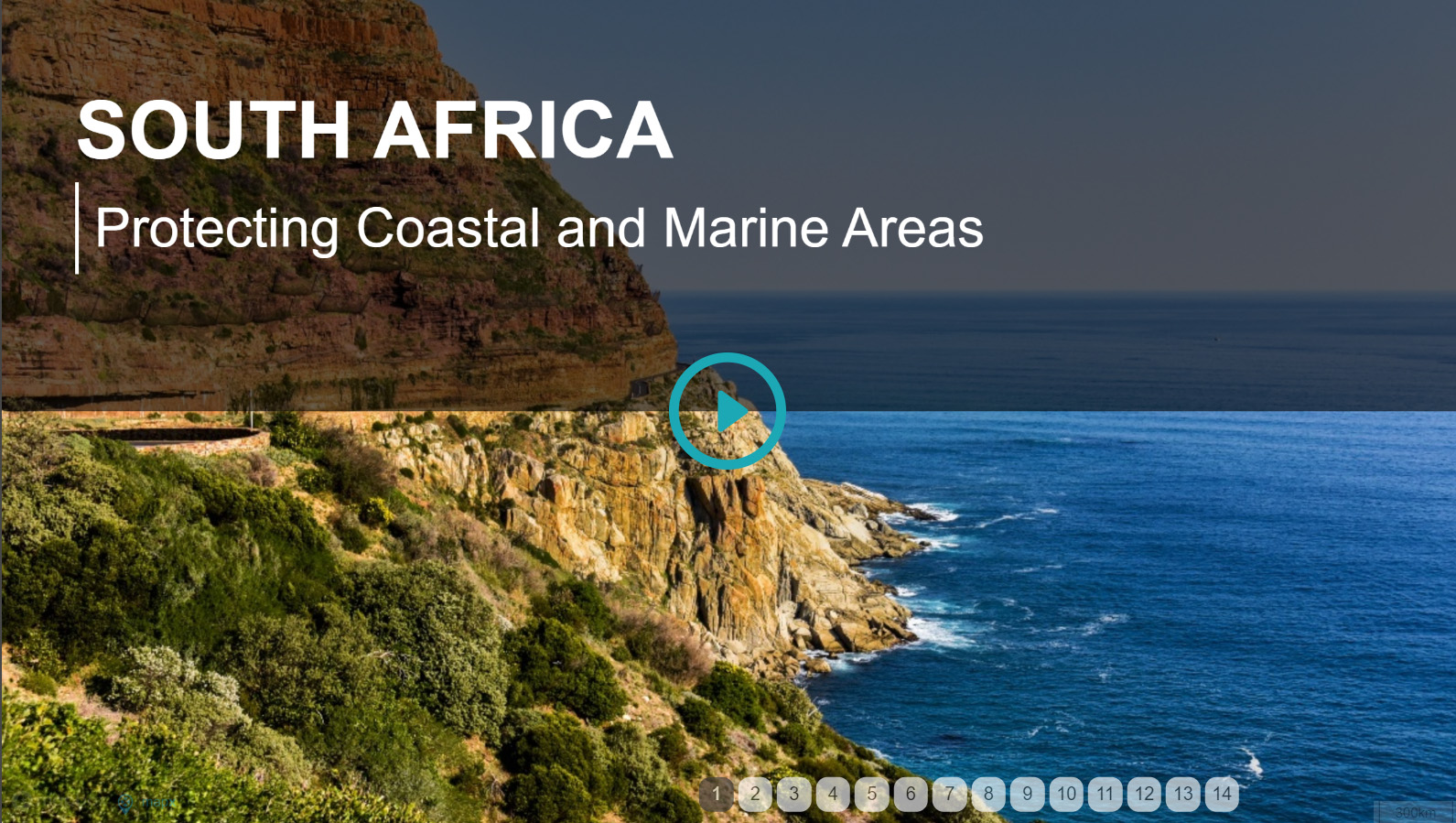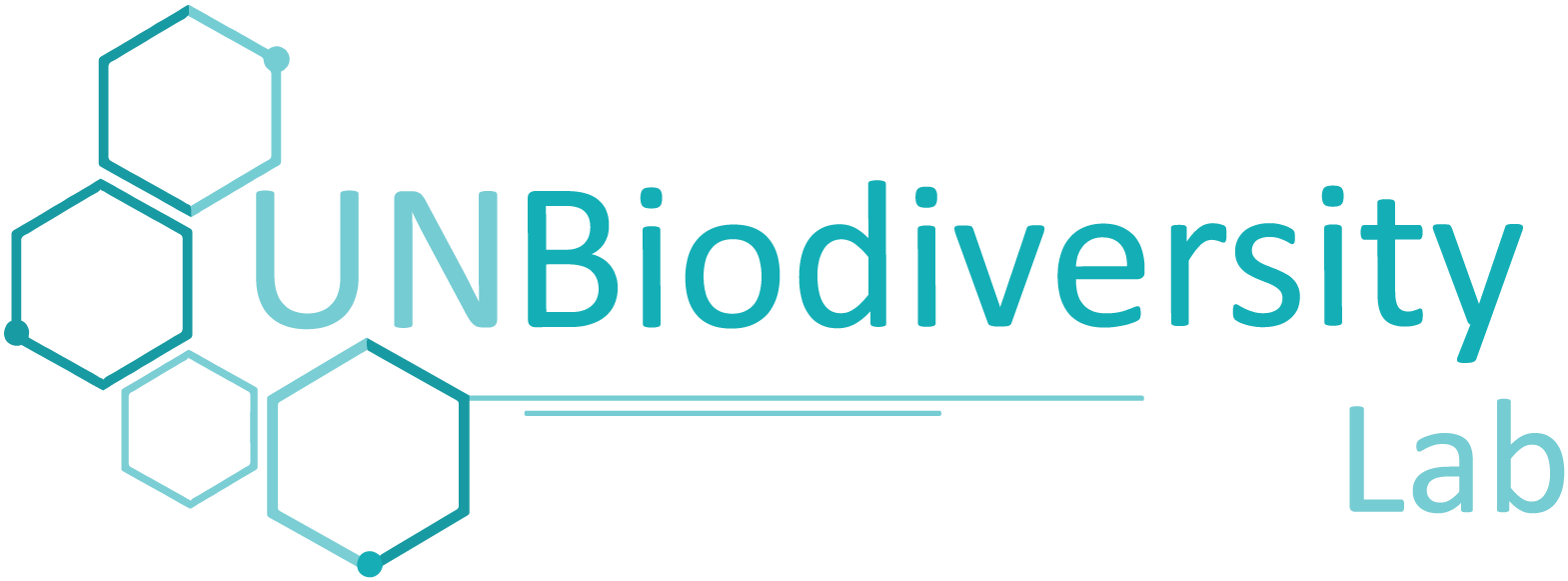Balancing Economic Benefits and Environmental Protection
The coastal and marine diversity of South Africa has the potential to contribute up to 177 billion rand to the gross domestic product (GDP) and create just over one million jobs by 2033. To safeguard this extraordinary diversity, the federal government has taken action by implementing open spatial data infrastructures as a starting point for dialogue.

 Operation Phakisa
Operation Phakisa
Operation Phakisa was launched in 2014 by the federal government to safeguard the ocean environment against illegal activities and promote socio-economic benefits. In 2016, 22 proposed Marine Protected Areas were opened for public comment.
Negotiations brought together a wide range of stakeholders, including public and private sector businesses, to discuss the boundaries of the protected areas and the benefits and limitations of each area. These negotiations are still on-going, and the boundaries have been adjusted to reflect public commentary.
Oceans and Coasts Information Management System
The National Oceans and Coasts Information Management System (OCIMS) is a public access platform to build outreach and support spatial planning. It was created with initial funding from the Ministry of Environment but is now used across multiple levels of government and by the public. It hosts spatial and nonspatial data regarding the oceans and coasts, and is open access and cloud-based.

Story Map: Case Studies in Coastal And Marine Negotiation

